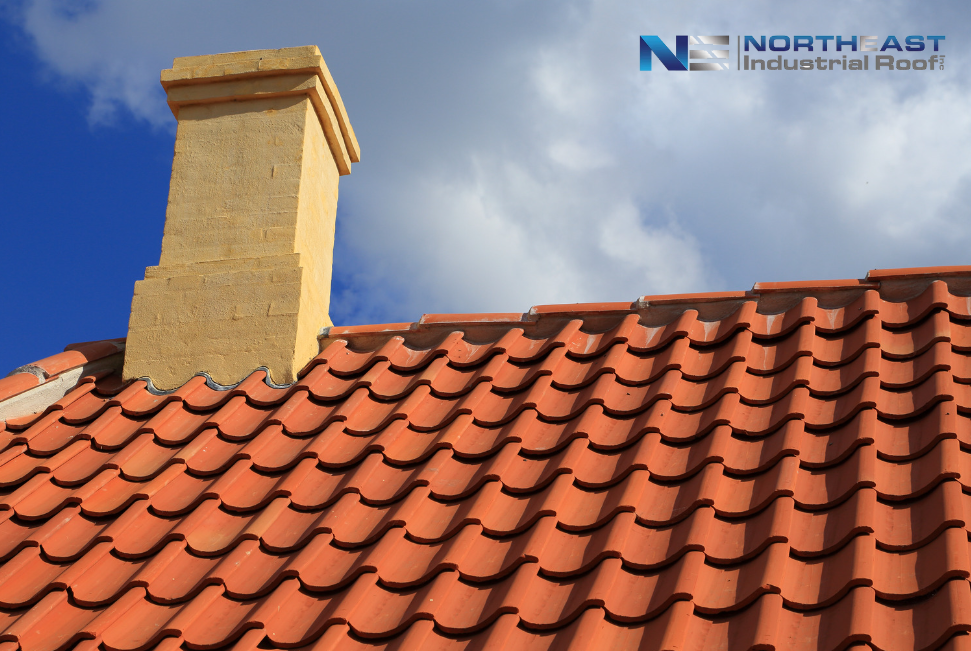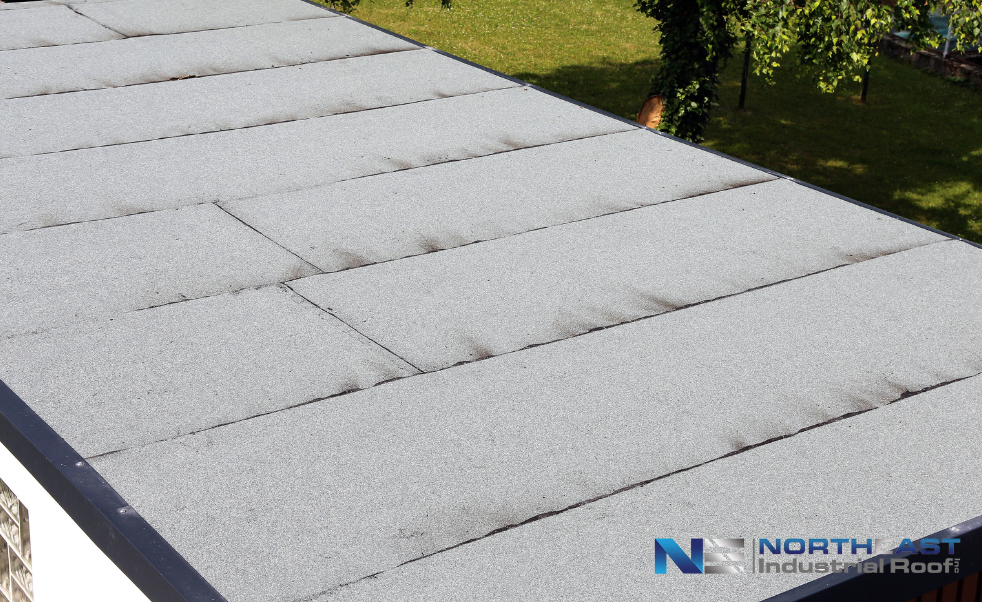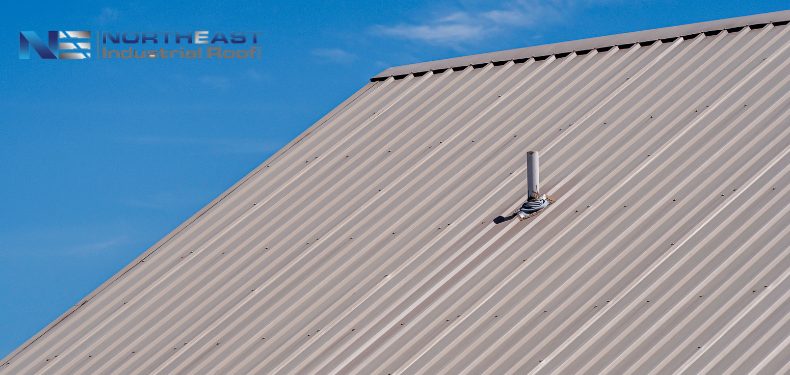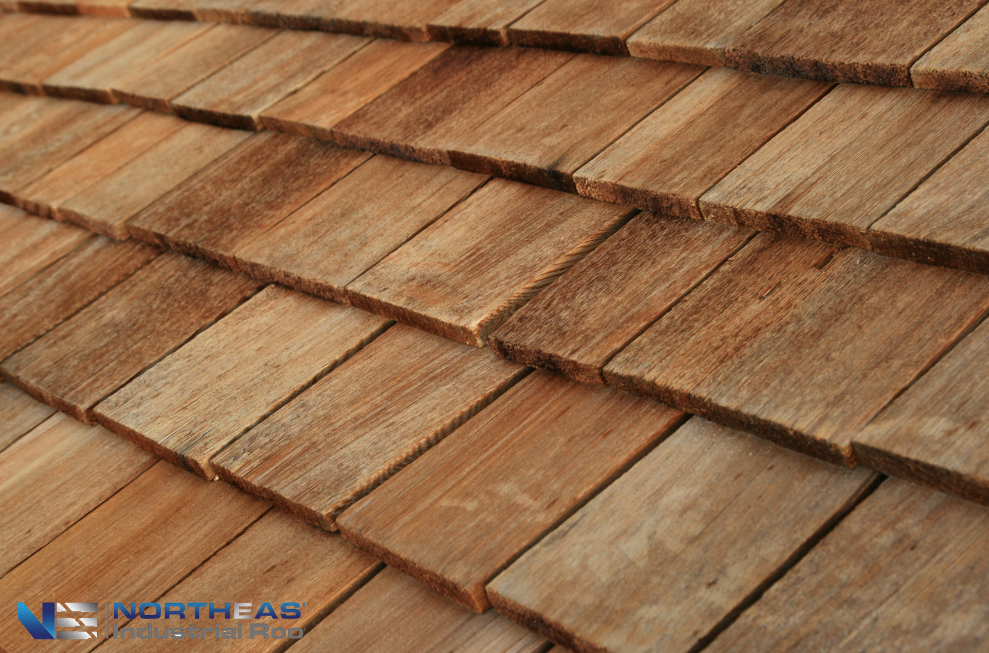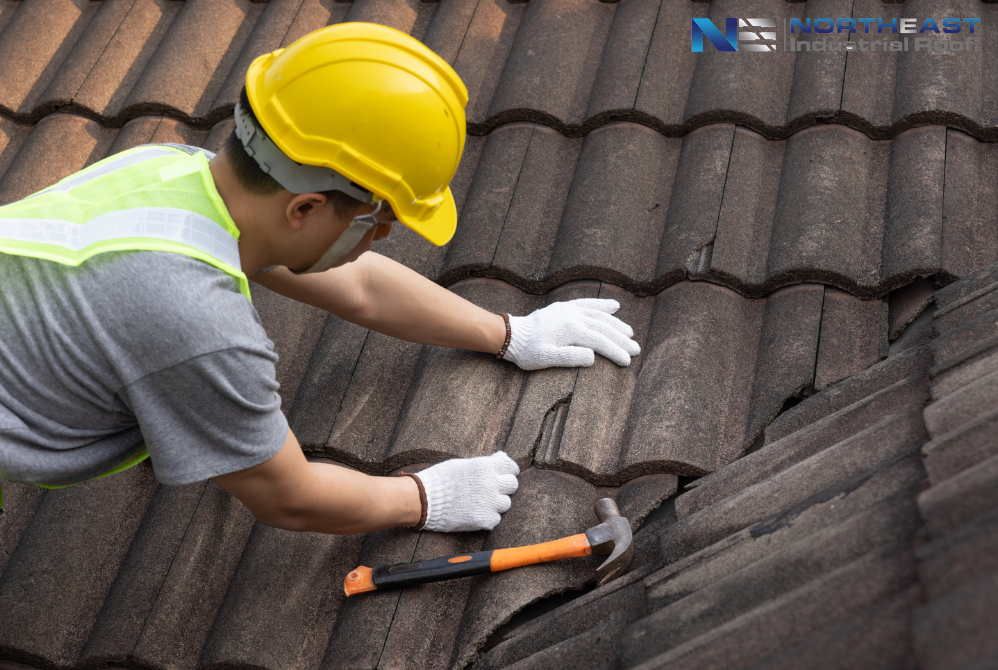Essential NIRoof Practices
February 22nd, 2021
Each and every person on a jobsite has a responsibility to contribute to keeping themselves and those around them safe by following the proper protocols, including donning proper PPE and practicing safe tool usage. At Northeast Industrial Roof, our roofers are required to adhere to the safety protocols outlined below, as they are non-negotiable on our job sites and supported by OSHA laws.
OSHA & Worker Protection
Any reputable commercial roofing company will be happy to educate and train their employees on the safety standards set forth by the U.S. Occupational Safety and Health Administration, or OSHA. These laws are put in place to protect workers from preventable injuries on the job by requiring employers to provide a safe working environment, record and review reports of job-related injuries and sicknesses, and educate and train employees about OSHA’s standards and potential workplace hazards.
OSHA breaks roofing safety down into three easy-to-remember steps: Plan, Provide, Train.
Plan: Employers must have a plan and ensure the proper equipment, material and appropriately trained workers are available.
Provide: Employers are responsible for providing fall protection and the correct equipment for the job, including the right types of ladders, scaffolds and wearable safety gear.
Train: Workers must be trained by employers to recognize hazards as well as the proper care and use of ladders, scaffolds, fall protection systems and other safety equipment being used on the job. Safe work practices must be implemented to reduce the risk of injury from falls or faulty equipment, and workers must be supervised to ensure all practices are followed diligently.
The management at Northeast Industrial Roof is 100% committed to providing the necessary resources to ensure the lowest possible risk to our employees’ health and safety.
Essential Roofing Safety Measures
What do you think of when you hear the phrase “safety precautions?” Safety glasses? Hard hats? Those things are essential, but they alone won’t keep you safe on a high roof working with potentially dangerous materials and equipment.
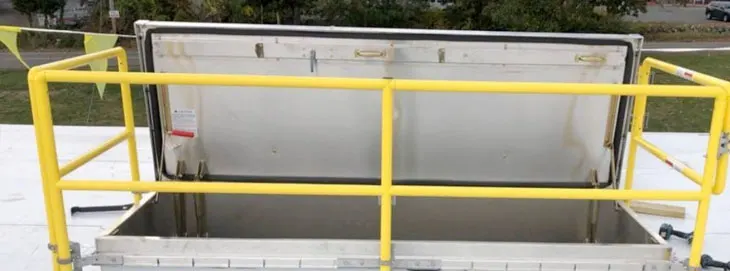
Perimeter Protection
According to OSHA, any roofer working on a raised surface taller than 6 feet, such as a commercial roof, must be protected from falling by putting into place the proper precautions, which include guardrails, safety nets, safety harnesses and warning line systems.
We start every project by implementing all necessary safety precautions on the job site. First, we mark the “safety zone” with brightly-colored pennant strings set at least six feet from the edge of the roof to alert workers when they’re approaching the danger zone along the edge of the roof. If we’re working on a job in which there are drops of more than 30 inches (so, most of them) we erect safety guardrails to physically prevent workers from falls.
It’s common for commercial roofs to have one or more hatches for roof access; OSHA regulations clearly state that roof hatch railings are required to create a safety barrier that will prevent falls. Northeast Industrial Roof offers roof hatch railing installation as and added part of a commercial roofing replacement.
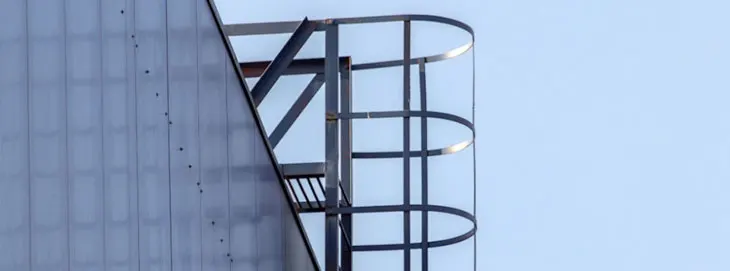
Access Ladders
OSHA requires a fixed-access ladder to be provided anywhere there’s a “break in elevation” of 19 inches or more to ensure that workers can safely move up and down the ladder without worrying about falling.
According to OSHA, ladder falls are the most common type of accident on construction sites. Therefore, OSHA sets forth standards for compliance with regard to the type of ladders required according to the job site conditions. These requirements include the ladder’s size, weight limit, material and safety features like slip prevention.
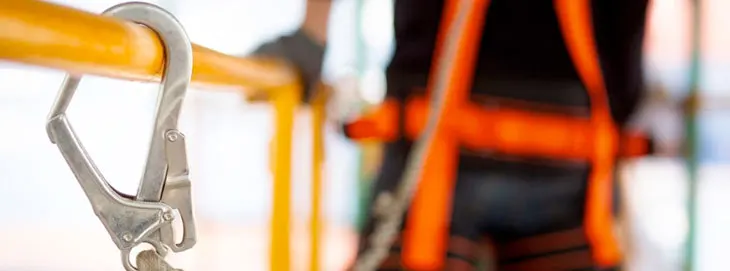
Protective Equipment
Personal protection equipment (PPE) must be worn, correctly, at all job sites by all workers on the site. Employers are responsible for making sure that each worker has the proper equipment, that it’s in proper working order and a good fit, and that the workers are sufficiently trained to properly use the equipment.
PPE can include eye & hearing protection when working with compressed air and power tools as well as a safety shutoff to ensure that the tools aren’t accidentally deployed. The tools must be inspected before use to ensure that they’re in good working condition. On jobs that require the use of potentially hazardous materials, roofers must be given access to and training for the use of respiratory protection, and in some cases, eyewash stations.
Since commercial and industrial roofing sometimes requires the use of heat tools, proper handling must be exercised and safety gear must be worn when operating these tools.
To circle back to falling hazards, we require our roofers to wear safety harnesses, per OSHA requirements, any time they’re on a roof. Harnesses and the rope or lanyard must be inspected to ensure their efficacy prior to use.
Adherence to Safe Jobsite Practices
For roofers, the jobsite is located mainly on top of a roof, which means there’s always the risk of injury or damage by falling debris. The best way to protect on-ground workers and/or passersby is to ensure a controlled, safe method for disposing of roofing debris. All workers should be made aware and understand the disposal method prior to work commencing.
OSHA requires that proper footwear be worn on all job sites. For roofers, this means wearing lightweight shoes or boots with rubber outsoles for traction. Roofers must consider footwear that will both protect their feet, prevent slipping and stand up to, but not damage, roofing materials.
Tools must have proper shields, guards or safety attachments specified by the manufacturer; any missing or damaged tool guard must be replaced in order for the employer to be in compliance of OSHA rules.
Employee Training & Compliance
When required to utilize any mechanical equipment, whether light or heavy, it’s required that employers provide adequate training to ensure that employees can safely and effectively use, maintain and inspect the necessary equipment. Much heavy onsite equipment requires operators to become certified to operate it, which involves passing written and/or oral exams to show their competency and attention to safety procedures.
To ensure that all workers are informed and adhering to safety protocols, Northeast Industrial Roof provides ongoing safety training with a focus on roofing safety, including scaffolding and ladder inspection and repair, hazard recognition and safety planning.
OSHA is constantly updating the standards for equipment training, so employers must always remain aware of the current versions of the mandates and ensure that they’re complied with on every job site.
Weather
In the coldest months of the year, our roofers are on top of commercial buildings, removing snow and ice as well as making emergency repairs. Winter’s snow, ice and wind can present several safety issues, so when the weather is particularly bad, our roofers are not permitted to work on top of buildings. This is our own rule to ensure the safety of every one of our roofers.
Roofing Safety Checklist
Our roofers are required to inspect the area before beginning any work to ensure that they’re aware of any potential hazards and are given the opportunity to implement the required safety precautions. The following list acts as a guide to help our roofers to check for every possible safety risk.
- Roof access points are clearly marked and in good working order
- Walkways are present, visible and unobstructed
- Perimeter guardrails are present, visible and secure
- Necessary signage is present and visible
- All roofers are aware of and understand the communication protocols
- Skylights are visibly marked and have screens
- Drinking water is made available onsite to roofers
- Roofers have inspected their safety equipment and deemed it to be in good condition
- All roofers have been briefed regarding the scope of the job, including the materials and equipment to be used, the safety gear required and their individual job duties
- All vents and/or hatches have guardrails in place, in good repair
- HVAC equipment, pipes, tanks and other obstructions have been noted and a plan is in place to manage them
- A plan for safe debris disposal is in place
- A method for getting the necessary equipment, tools and materials safely to the roof is in place
Roofers face danger every day just by doing their job. Without the proper safety plans, equipment and training, these workers could face more risk of injury or death than necessary. With that in mind, we take roofing safety very seriously to ensure that our roofers remain safe on every job site, and our safety measures take into consideration the safety of others who may be in the vicinity, as well.
Keep your building safe this winter. Call Northeast Industrial Roof at (781) 859-7523 for emergency roof repair services, or call us at (781) 874-0248 to schedule an appointment for snow removal services.

